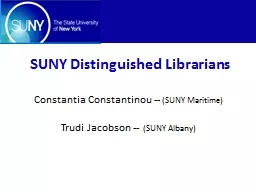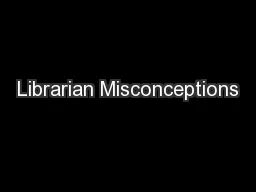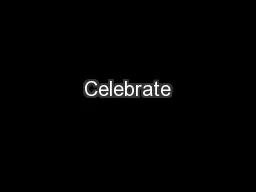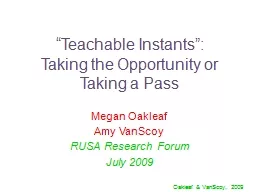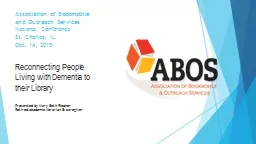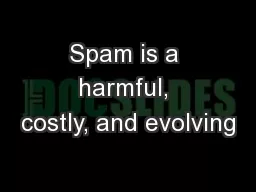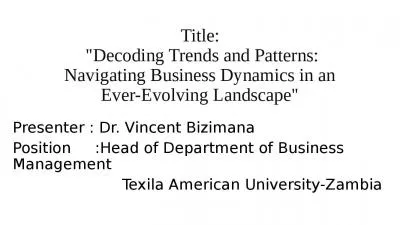The Evolving Role of the Librarian: Trends and
Author : kittie-lecroy | Published Date : 2025-06-23
Description: The Evolving Role of the Librarian Trends and Issues in Technology and collection Management Marshall Breeding Independent Consult Author Founder and Publisher Library Technology Guides httpwwwlibrarytechnologyorg
Presentation Embed Code
Download Presentation
Download
Presentation The PPT/PDF document
"The Evolving Role of the Librarian: Trends and" is the property of its rightful owner.
Permission is granted to download and print the materials on this website for personal, non-commercial use only,
and to display it on your personal computer provided you do not modify the materials and that you retain all
copyright notices contained in the materials. By downloading content from our website, you accept the terms of
this agreement.
Transcript:The Evolving Role of the Librarian: Trends and:
The Evolving Role of the Librarian: Trends and Issues in Technology and collection Management Marshall Breeding Independent Consult, Author, Founder and Publisher, Library Technology Guides http://www.librarytechnology.org/ http://twitter.com/mbreeding Feb 15, 2013 Offline Technology Conference Library Technology Guides www.librarytechnology.org Each Library Type Distinctive Academic – Public – School – Special Academic: Emphasis on subscribed electronic resources Public: Engaged in the management of print collections Dramatic increase in interest in E-books School: Age-appropriate resources (print and Web), textbook and media management Special: Enterprise knowledge management (Corporate, Law, Medical, etc) Academic Library Issues Greater concern with electronic scholarly articles Management: Need for consolidated approach that balances print, digital, and electronic workflows Access: discovery interfaces that maximize the value of investments in subscriptions to scholarly articles and research materials Public Library Issues Greater concern for e-books and general article databases Management: Need for consolidated approach that balances print, digital, and electronic workflows Emphasis on technologies that engage users with library programs and services Key Context: Libraries in Transition Academic Shift from Print > Electronic E-journal transition largely complete Circulation of print collections slowing E-books now in play (consultation > reading) Public: Emphasis on Patron Engagement Increased pressure on physical facilities Increased circulation of print collections Dramatic increase in interest in e-books All libraries: Need better tools for access to complex multi-format collections Strong emphasis on digitizing local collections Demands for enterprise integration and interoperability Key Context: Technologies in transition Client / Server > Web-based computing Beyond Web 2.0 Integration of social computing into core infrastructure Local computing shifting to cloud platforms Application Service Provider offerings standard New expectations for multi-tenant software-as-a-service Full spectrum of devices full-scale / net book / tablet / mobile Mobile the current focus, but is only one example of device and interface cycles Key Context: Changed expectations in metadata management Moving away from individual record-by-record creation Life cycle of metadata Metadata follows the supply chain, improved and enhanced along the way as needed Manage metadata in bulk when possible E-book collections Highly shared metadata E-journal knowledge bases (KnowledgeWorks / 360 Core) Great interest in moving toward semantic web and open linked data Very little progress in linked data for operational systems AACR2 > RDA MARC > RDF (recent announcement of Library of Congress) Changing Role of Librarians Libraries must adapt strategically to new realities imposed by changes in society, publishing, and higher education Librarians needed more than ever before Librarians must


